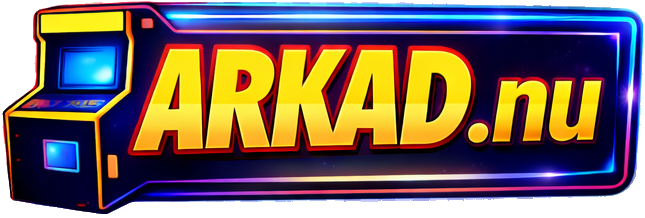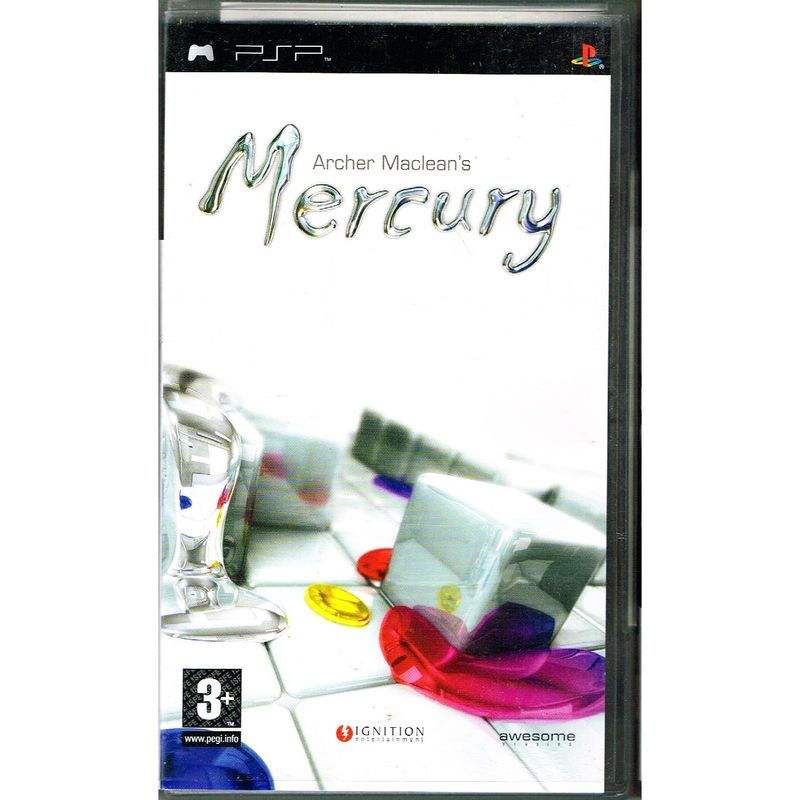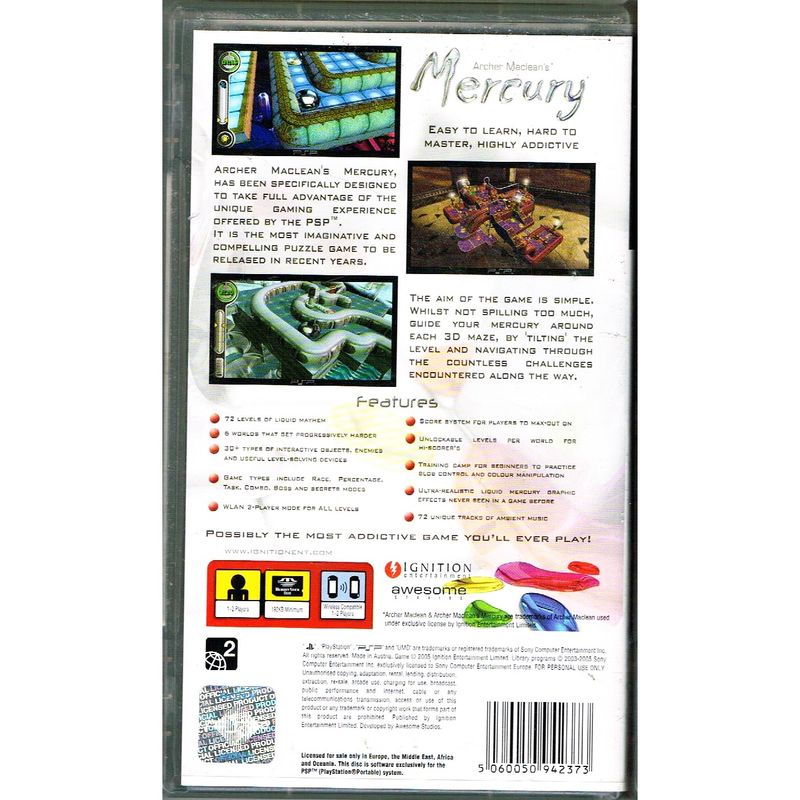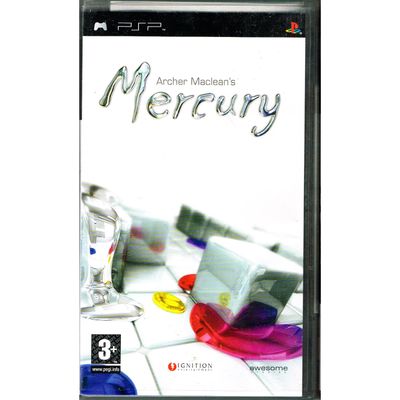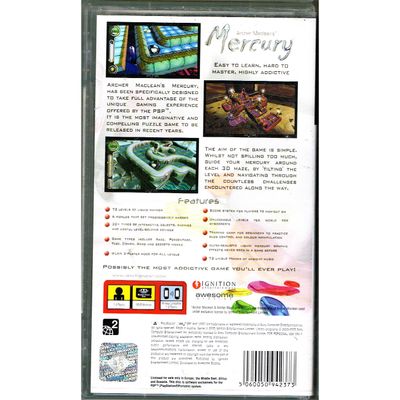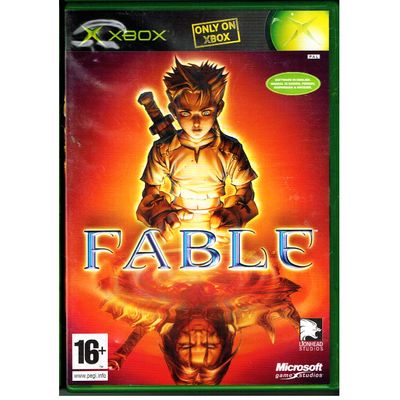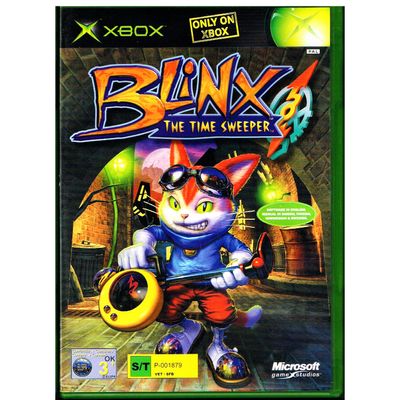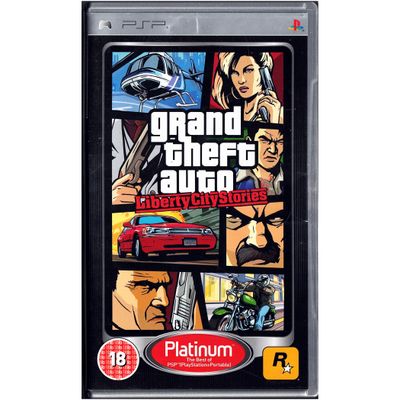Liknande produkter
Beskrivning av ARCHER MACLEANS MERCURY PSP
ARCHER MACLEANS MERCURY PSP
🧪 Archer Maclean’s Mercury – PlayStation Portable (PSP) (PAL / Europa) 🎮
Ett av de mest unika och innovativa pusselspelen till PSP! I Archer Maclean’s Mercury styr du en droppe flytande kvicksilver genom kluriga labyrinter fyllda av fällor, hinder och färgbaserade pussel. Luta banan, dela upp droppen, blanda färger och lös uppdrag med både skicklighet och logik.
👉 Varför är detta spel speciellt?
✅ Innovativ fysikbaserad spelmekanik – exklusivt för PSP
✅ Över 70 nivåer med stigande svårighetsgrad
✅ Blandning av pussel, precision och reflexer
📦 Skick: Komplett (UMD, fodral & omslag)
🎮 Region: PAL (Europa)
🔑 Artikelnummer / SKU: ULES-00008
📌 EAN:-
Ett måste för pusselälskare och samlare – Archer Maclean’s Mercury är ett smart, snyggt och beroendeframkallande spel som visar PSP när den är som bäst!
KOMPLETT I BOX
